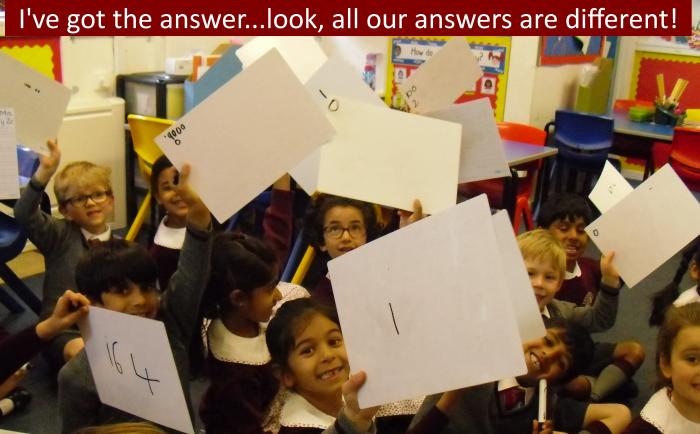
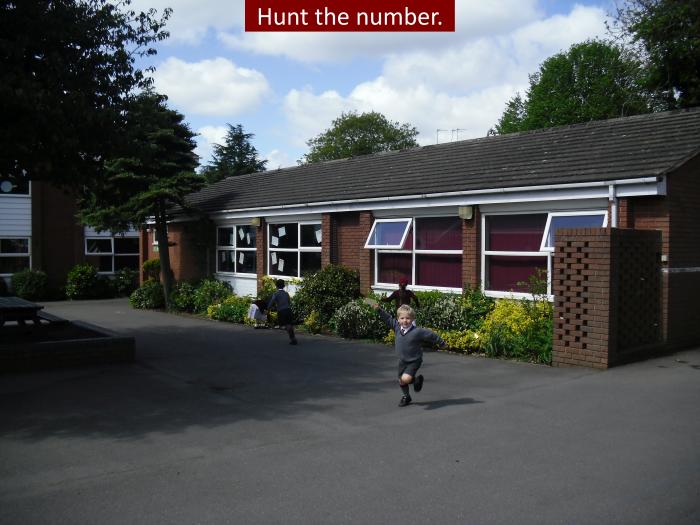
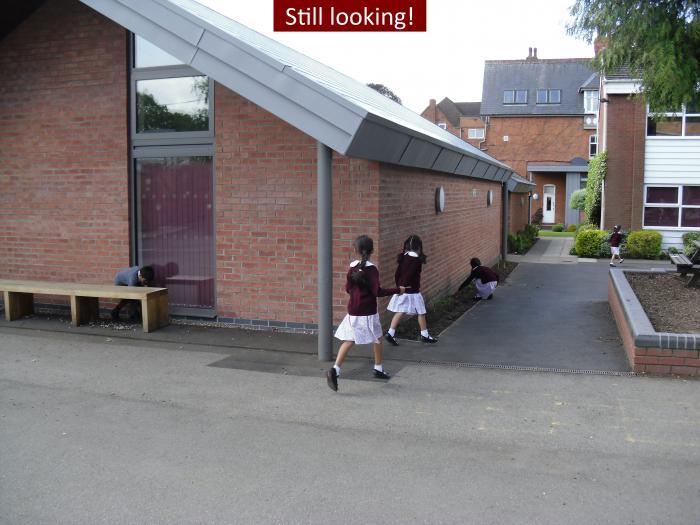
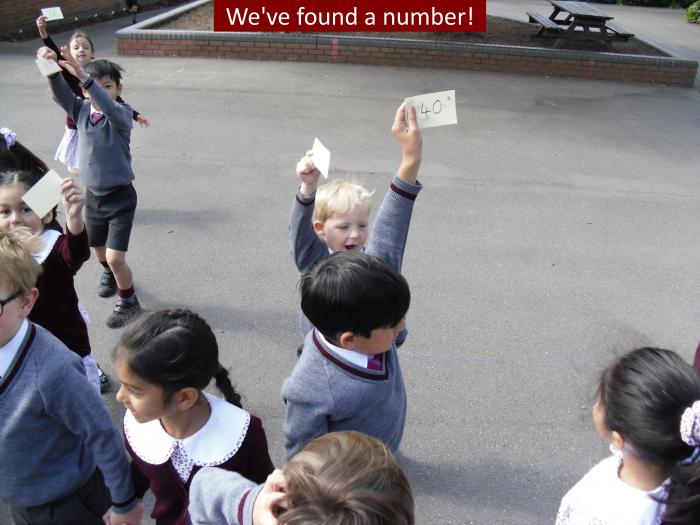
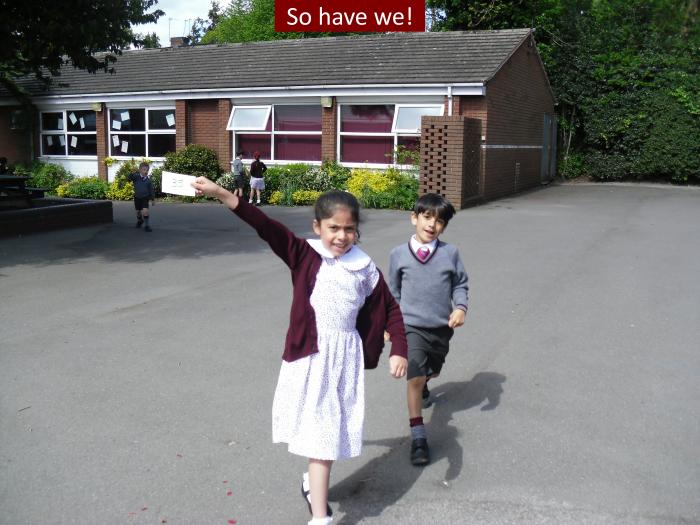
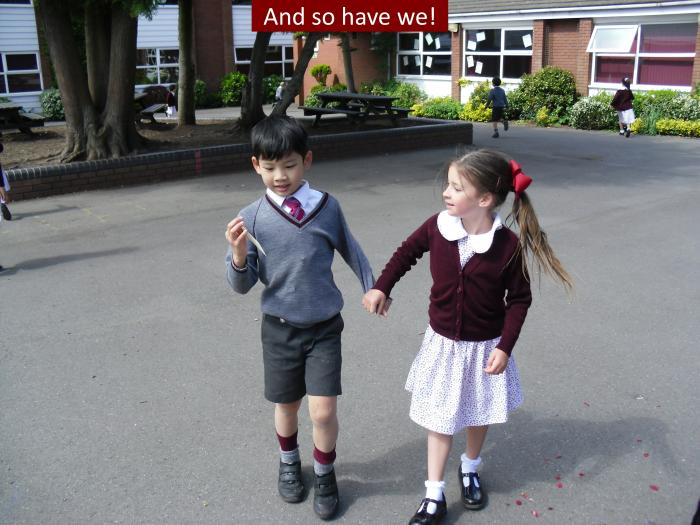
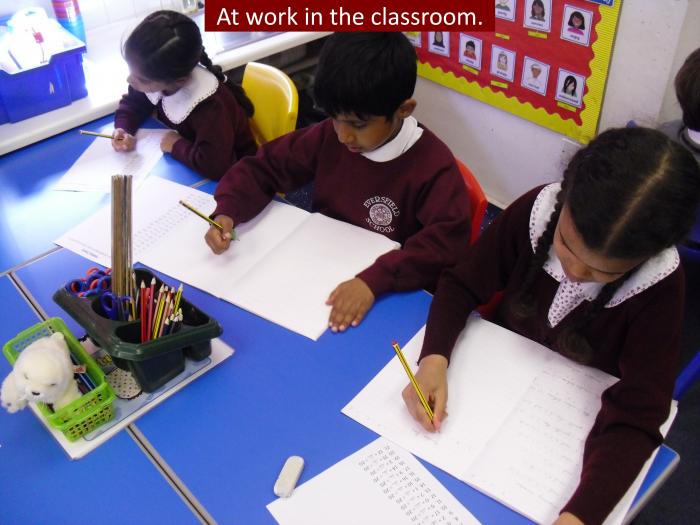
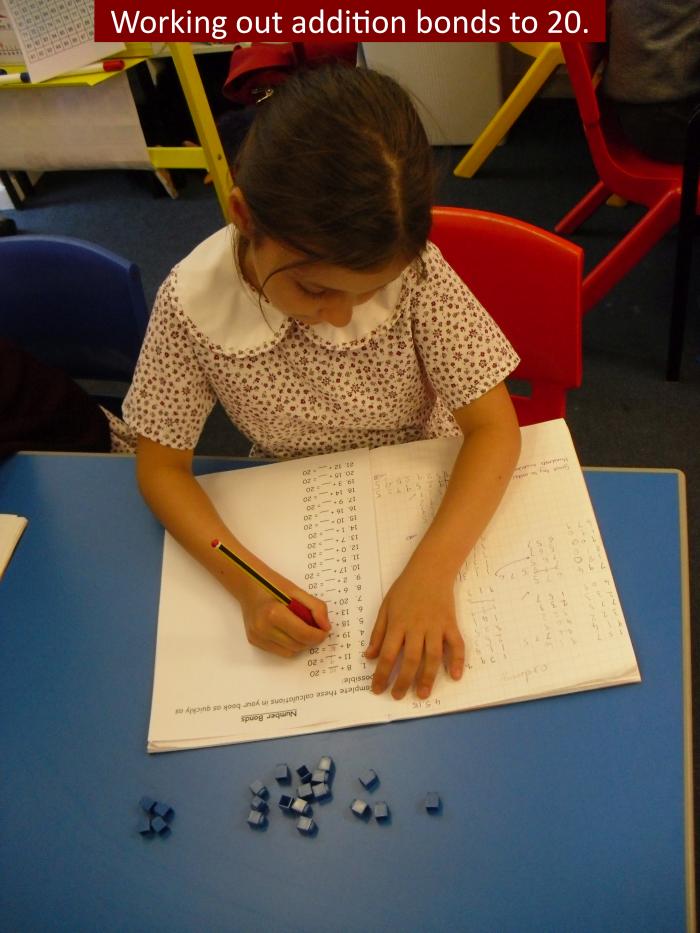
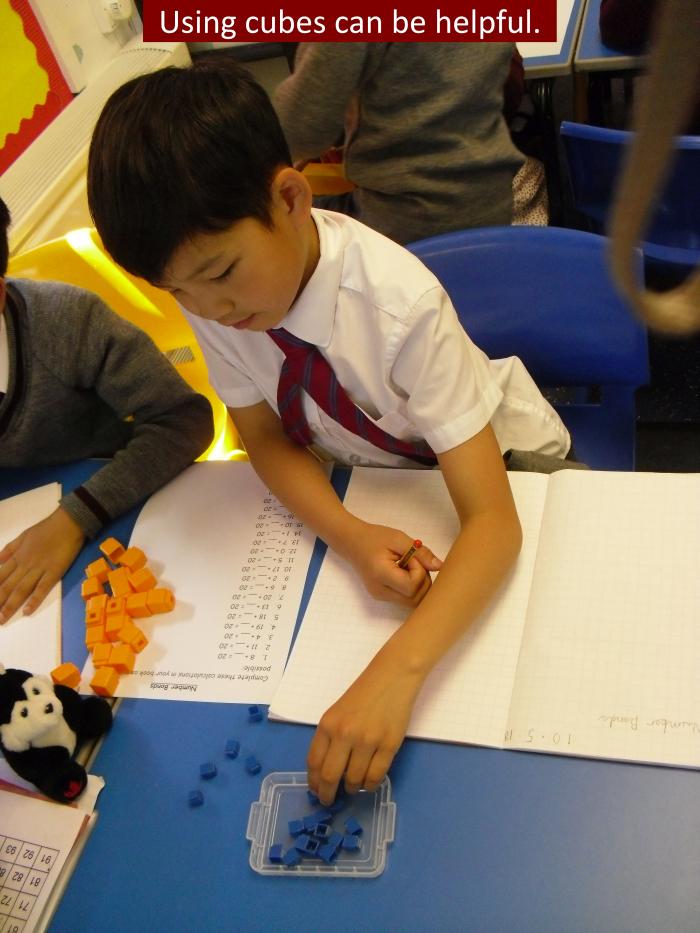
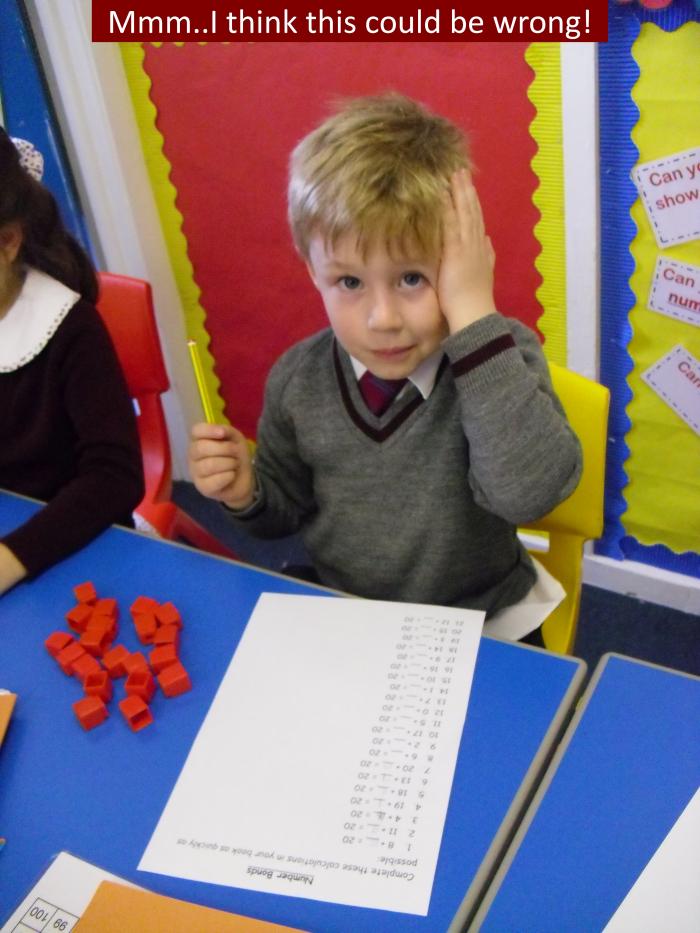
The Mystery of the Disappearing Numbers
Poor Mrs Gilmartin! She spent hours planning Maths for the children this week, only to find, half way through the lesson, that all her number cards had gone missing. She turned the classroom upside down but they were nowhere to be seen. She asked Mrs Price if she knew anything about the numbers but, rather suspiciously, Mrs Price wasn’t saying anything at all!
And yet the lesson had started so well. The children got out their ‘show me’ boards to answer some quick fire questions. They have been doing a lot of work on comparing numbers this week, and Mrs Gilmartin wanted the children to show her numbers fitting one or more criteria; perhaps an even number between 10 and 20 or an odd number bigger than 49. These mini whiteboards are an excellent tool in the classroom because it means that all the children can be involved all the time. We use them a lot at Eversfield, and not just in Maths.
It was at this point that disaster struck. The number cards painstakingly prepared by Mrs Gilmartin had disappeared without trace. Mrs Price suggested that there was a chance they could possibly be somewhere on the playground so, as it was sunny, everyone decided that they should go out and help look for them. Very cleverly, Mrs Gilmartin gave different pairs of children specific tasks to accomplish. It might be to find a number between 40 and 70, an even number bigger than 50 or, intriguingly, a number with curved lines only. That meant there were some numbers that the children couldn’t pick up even if they found them. Aila, sent to find an odd number, was delighted to locate 79. She knew she should check the last digit of the number and, because 9 is an odd number, 79 is therefore an odd number, too.
Before long, all the number cards had been retrieved, and Mrs Gilmartin breathed a huge sigh of relief. Then she confessed that, to help the children understand the different properties of numbers, and to encourage them to listen carefully to instructions, it was actually she who had asked Mrs Price to hide the numbers before the lesson with some helpers from Form 4. The children found this sneakiness very funny indeed.
Back in the classroom, the focus turned to number bonds to 20. This is one of the essential building blocks of learning in number. Understanding patterns in numbers, and how pairs of numbers go together to make multiples of 10 or 100, makes mental addition and subtraction so much easier. For some children, using counting cubes was supportive. Reuben could see that, when counting on from a particular number to 20, if he started with 20 cubes each time and took away the other number in the calculation, the number of cubes remaining on his table was the missing number he was looking for. Kenza spotted a link between number bonds to 10 and bonds to 20. She realised that 3, for instance, will always go with 7, so 13 will therefore also go with 7.
George was surprised and a little nonplussed to discover that he had made a mistake in his work. Mrs Gilmartin, by contrast, was delighted that he had been so observant. Spotting errors in calculation is an extremely valuable skill, which becomes even more important – and somewhat trickier - as children move up through the school. As teachers, we all warmly encourage it.
In this particular lesson, the number bond questions were listed randomly on the sheet for the children to tackle. When practising number bonds at home, it can be helpful to list the bonds in order from 0 + 20, 1 + 19, 2+ 18 right through to 20 + 0. In so doing, a very obvious pattern emerges, which would work for any number you happen to choose.
By the end of the session, Mrs Gilmartin felt that the children had worked hard and had strengthened their understanding of how the number system works. This strong basic knowledge will help them tackle more complex calculations as they get ready to move into Form 2. Let’s hope Mrs Gilmartin doesn’t lose any more of her resources next week, although it could be fun if she does!